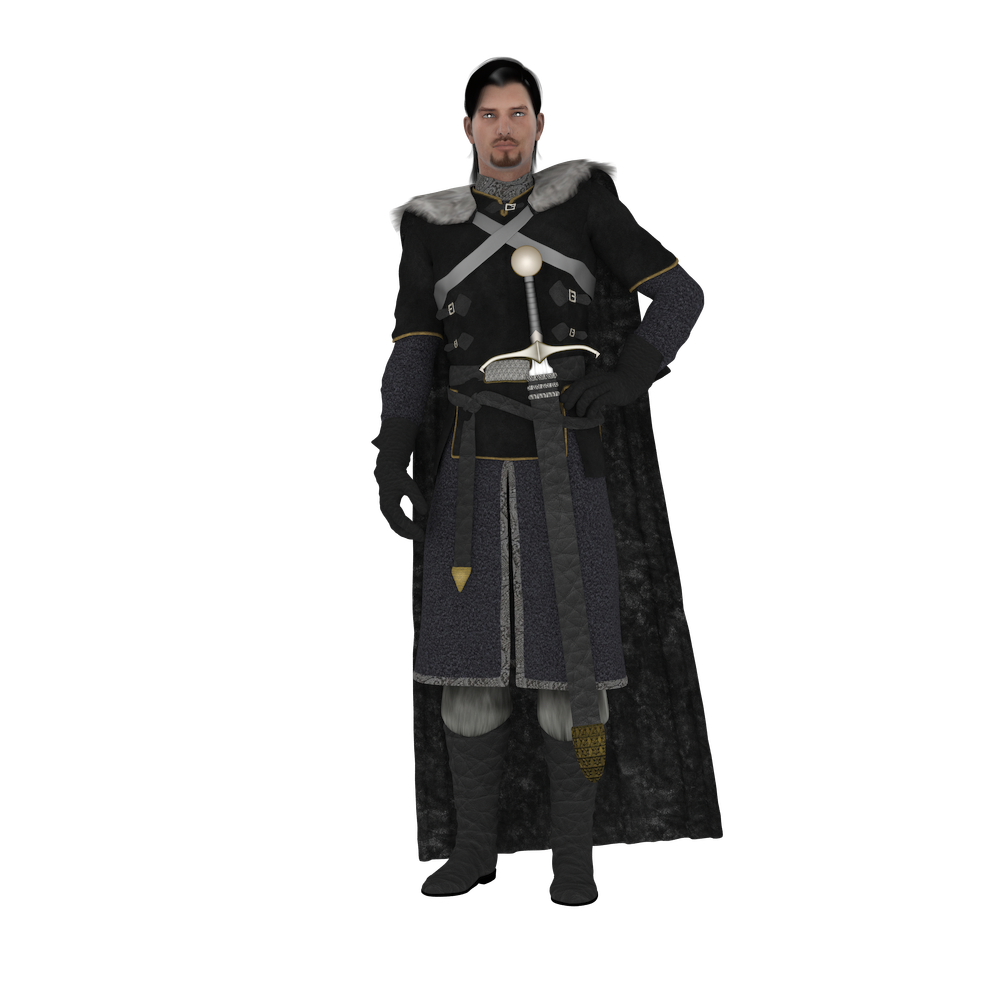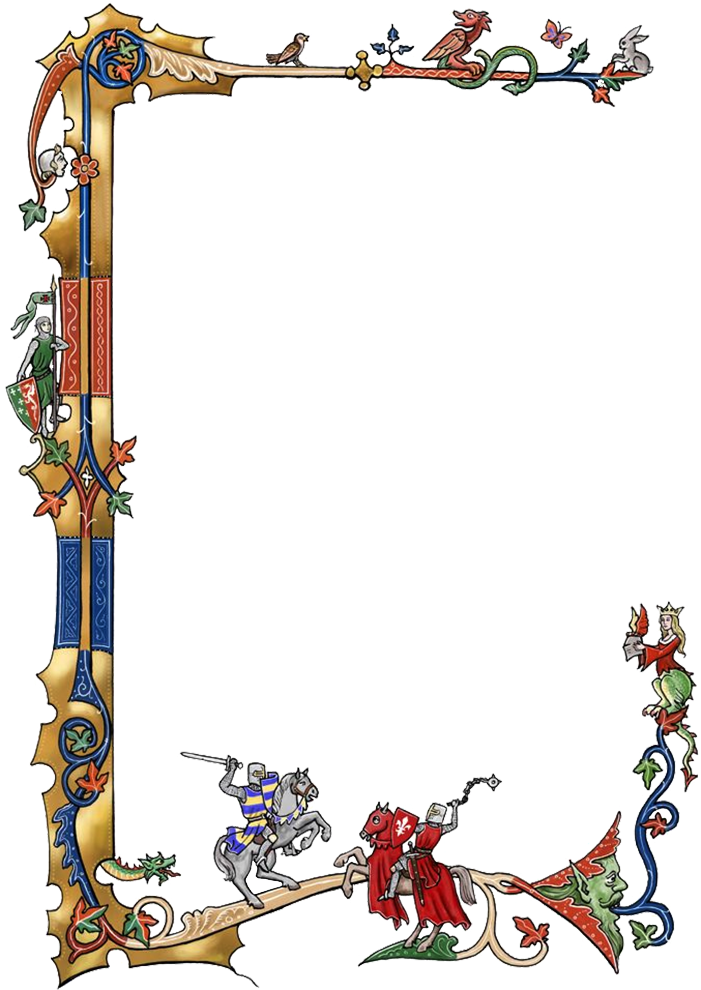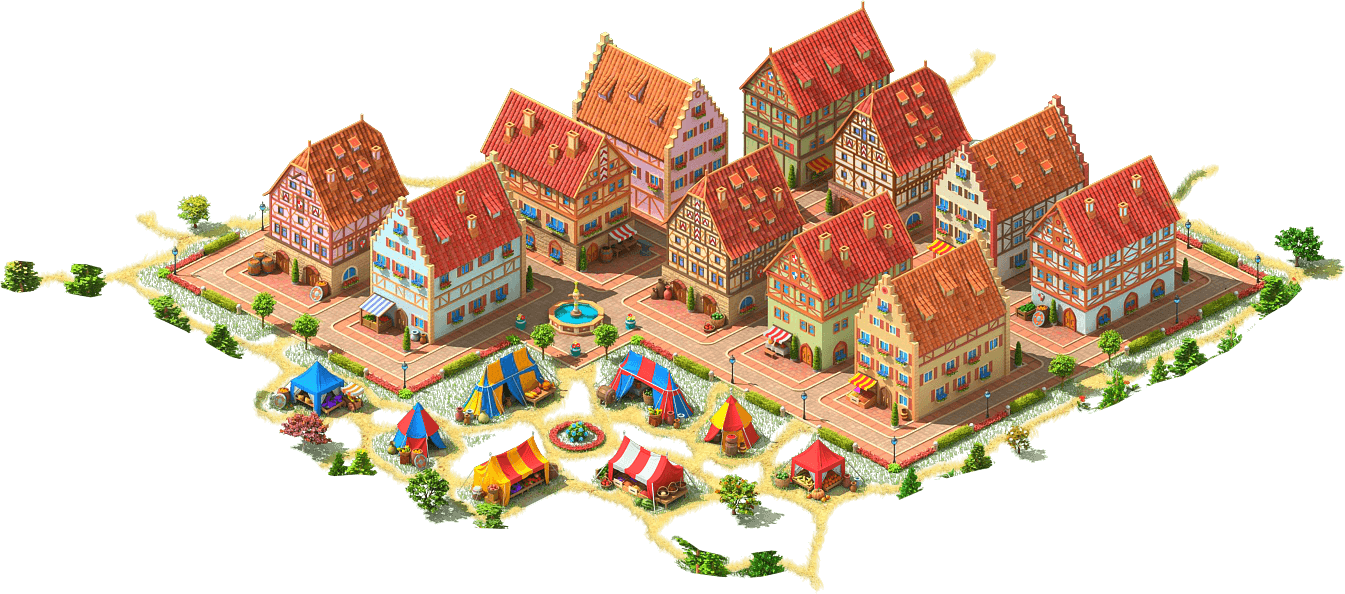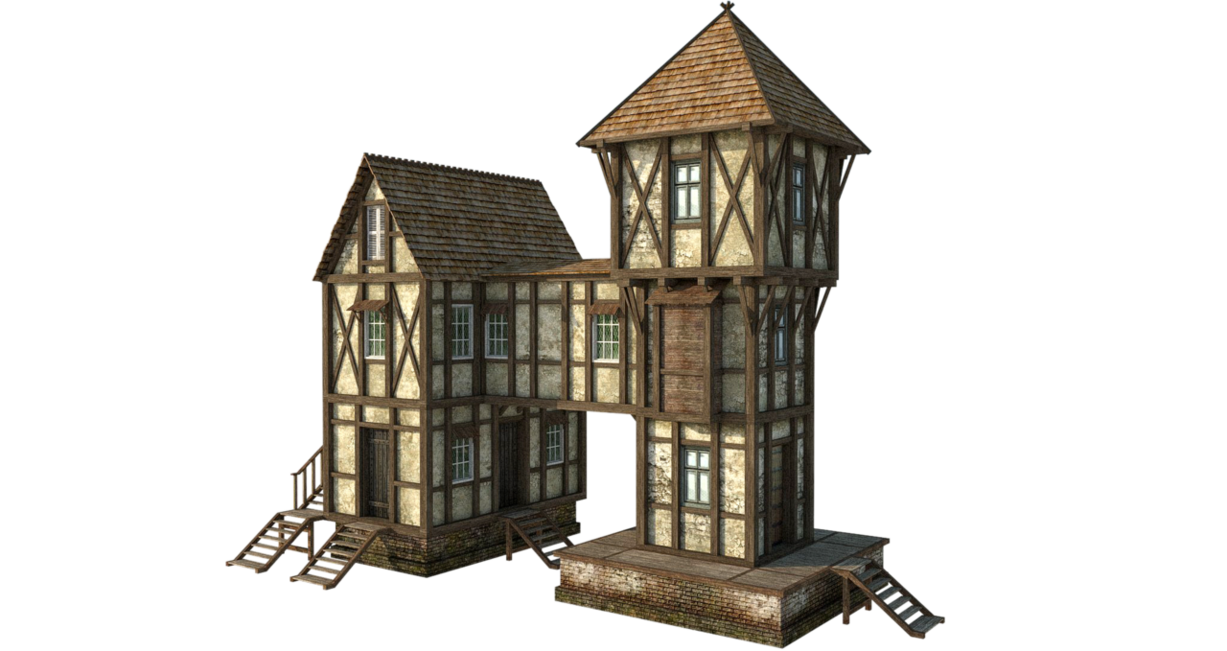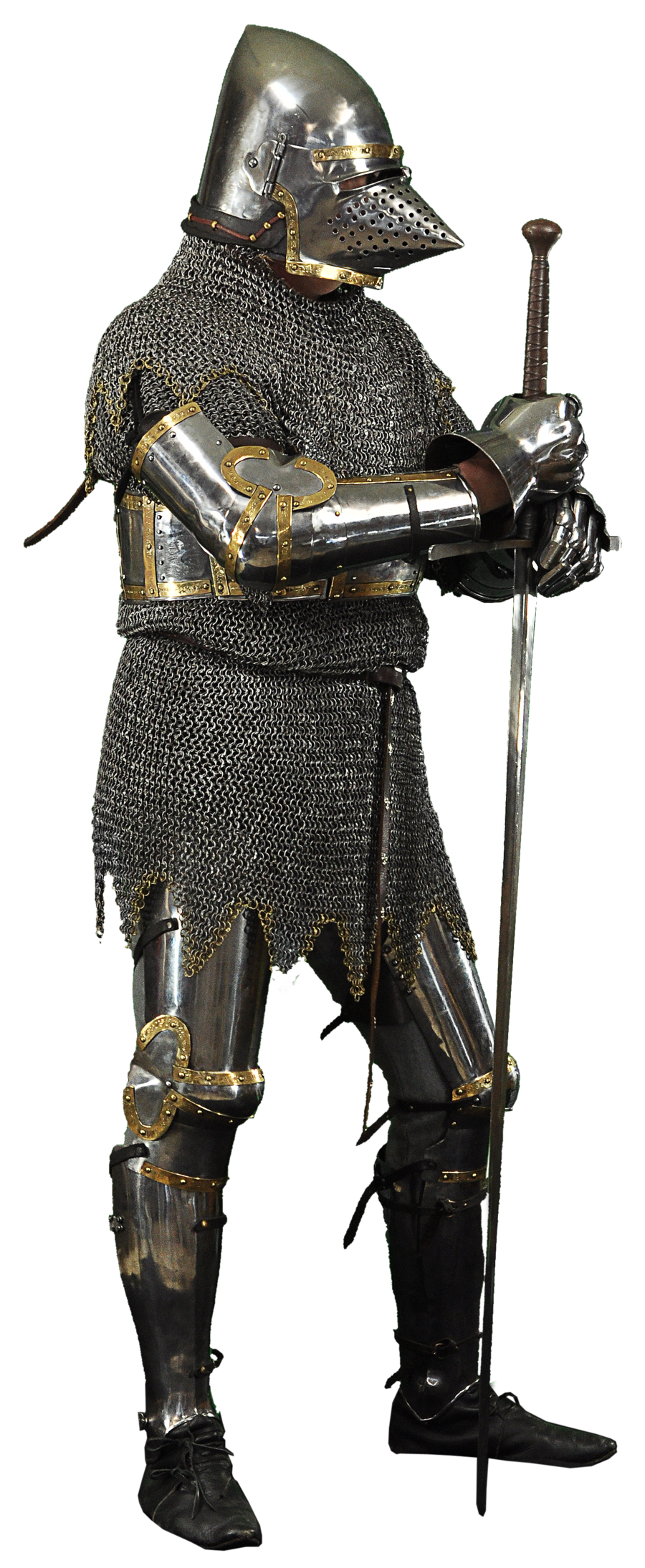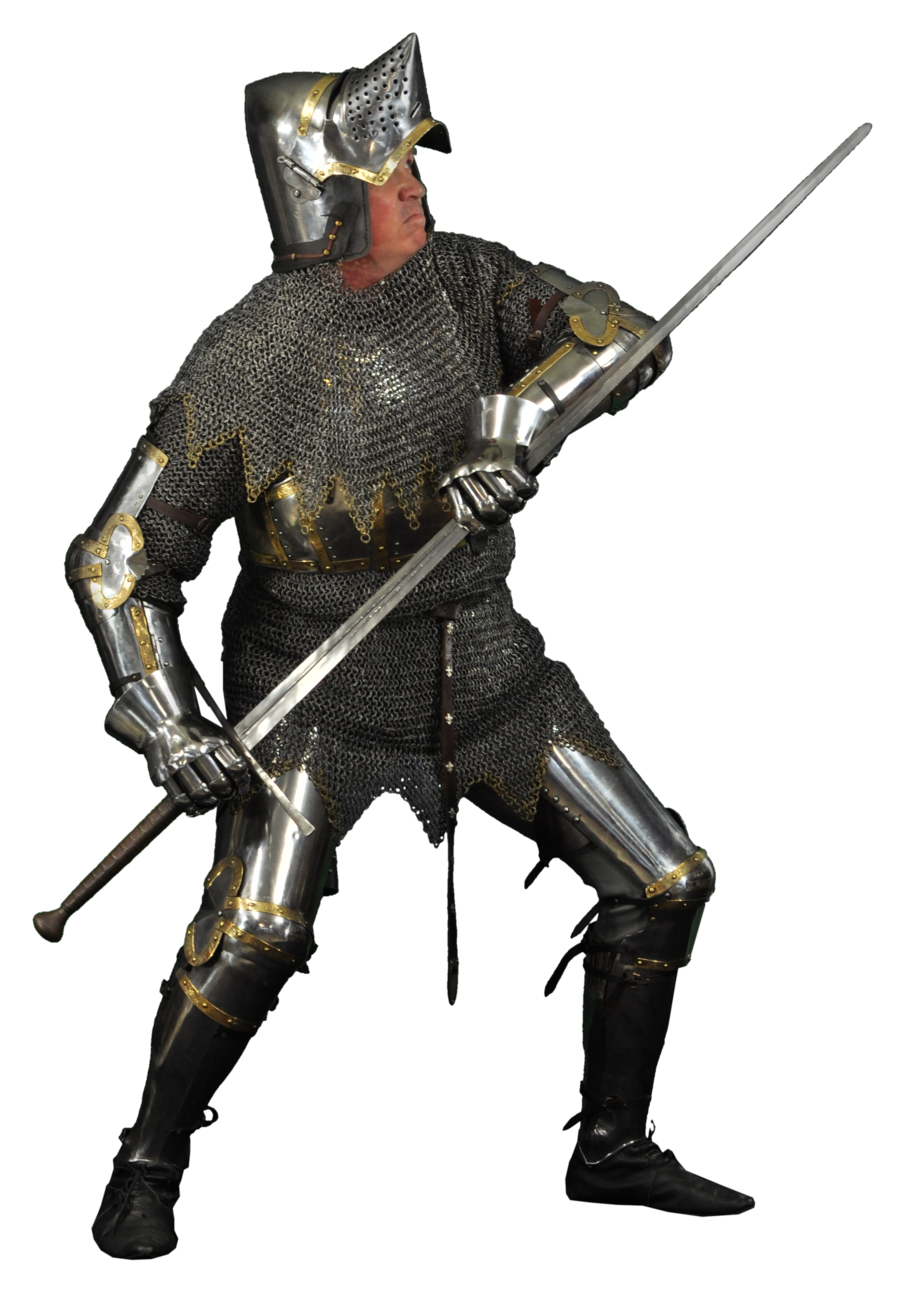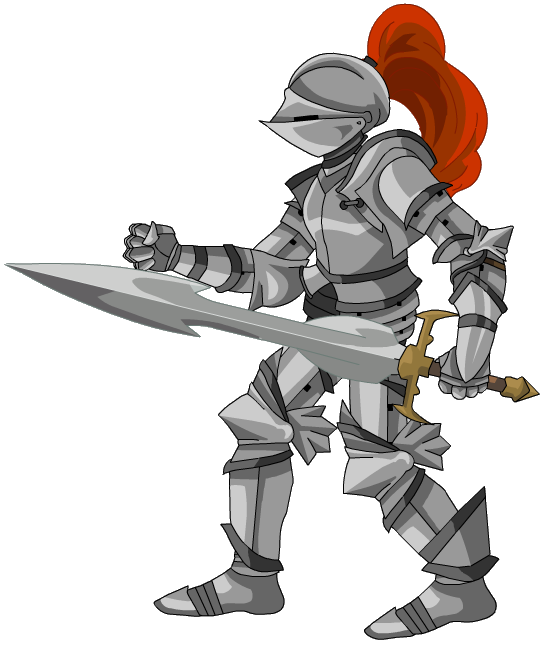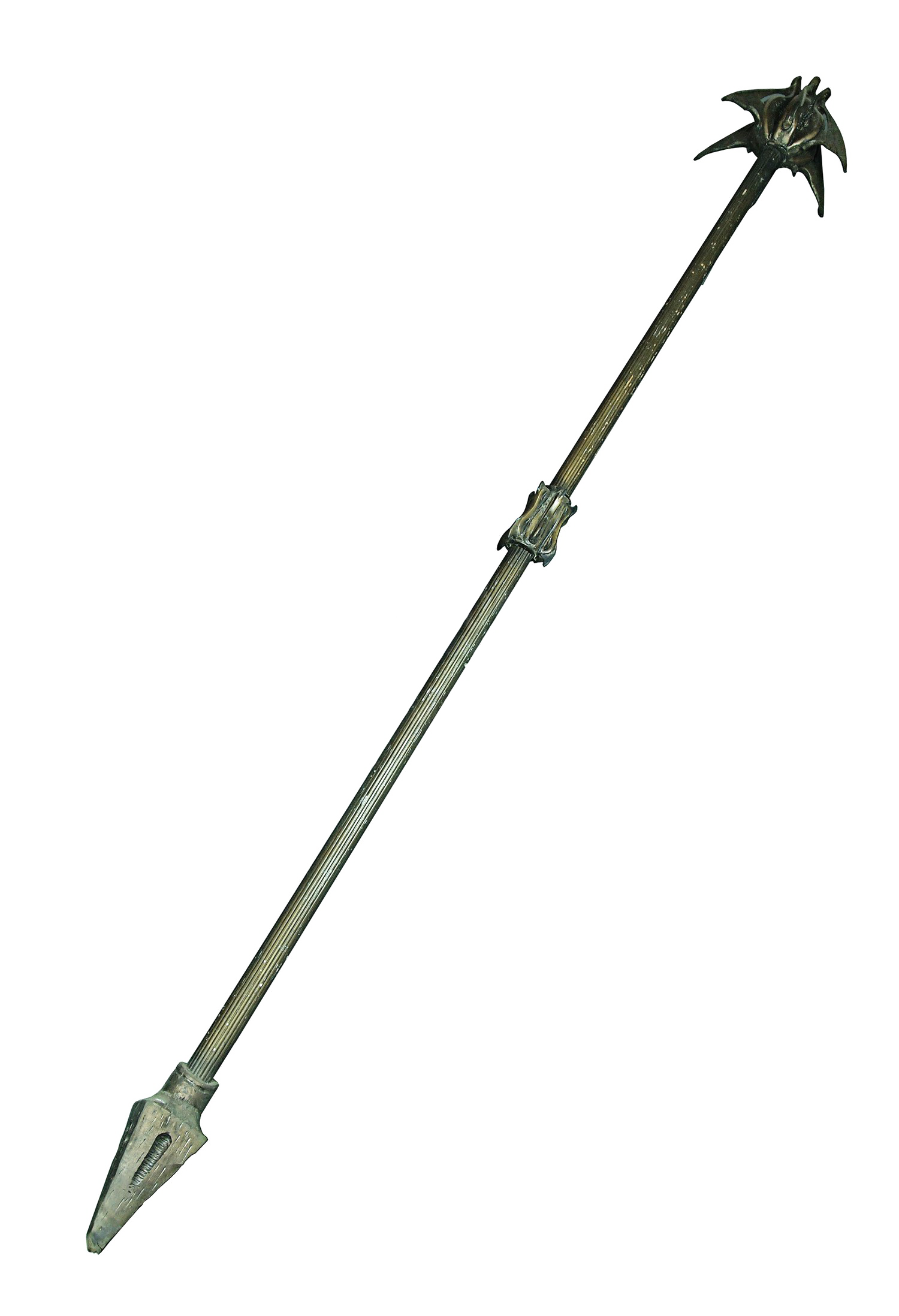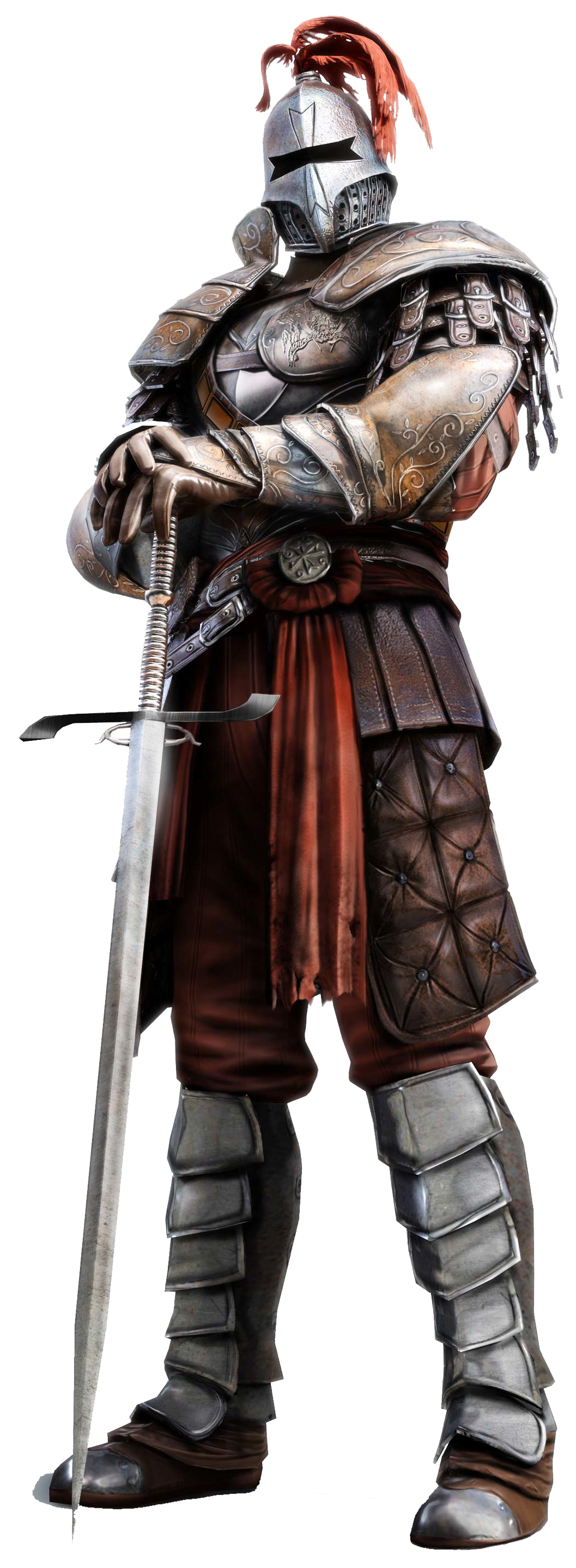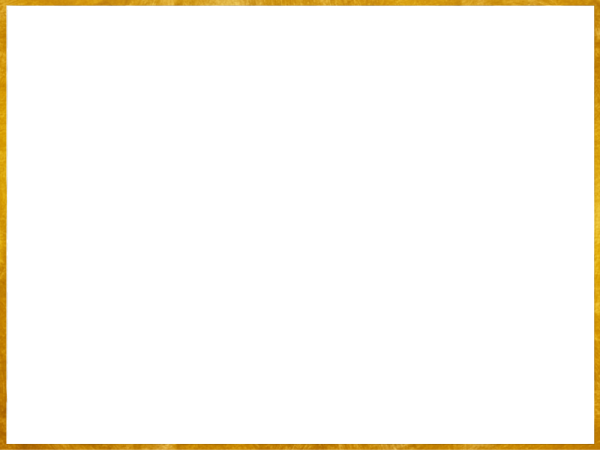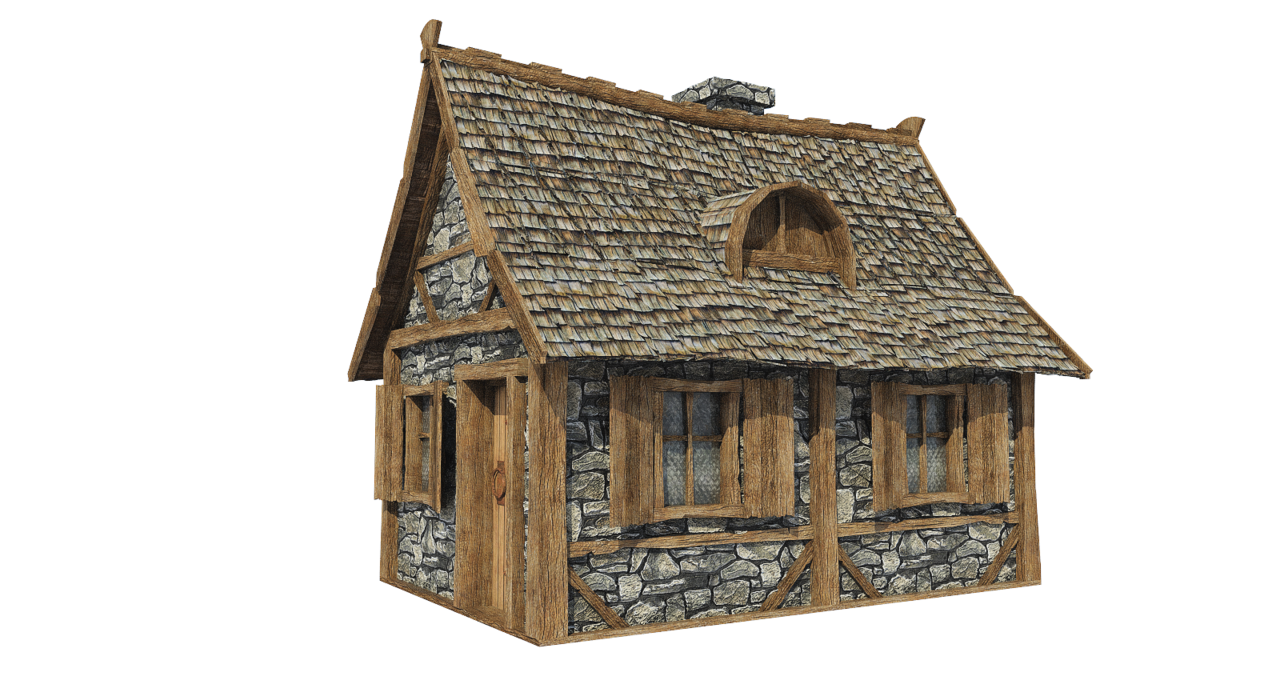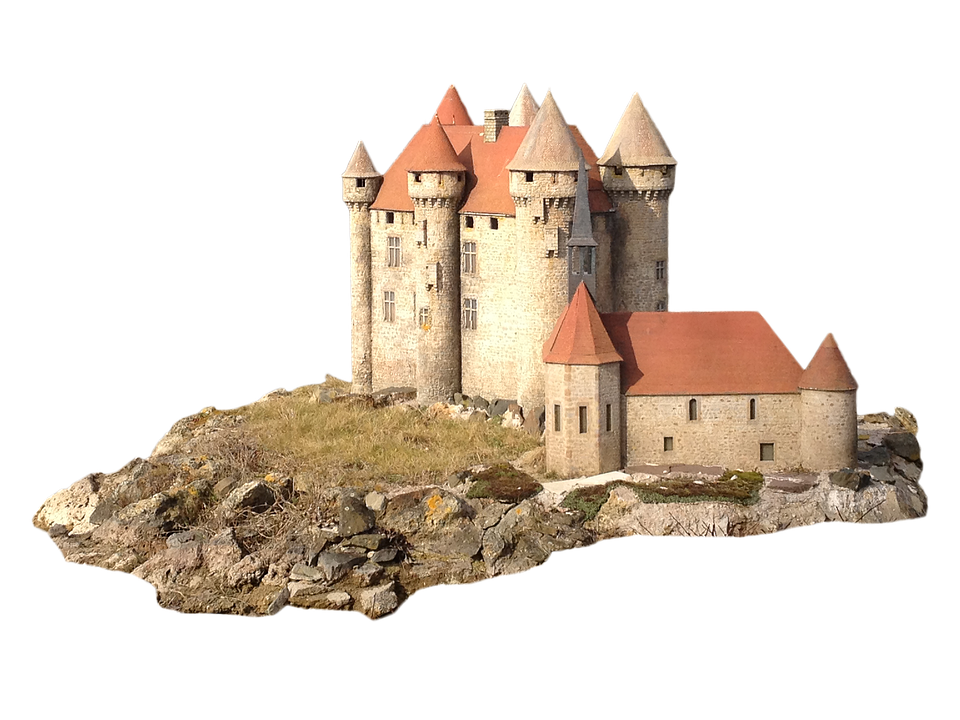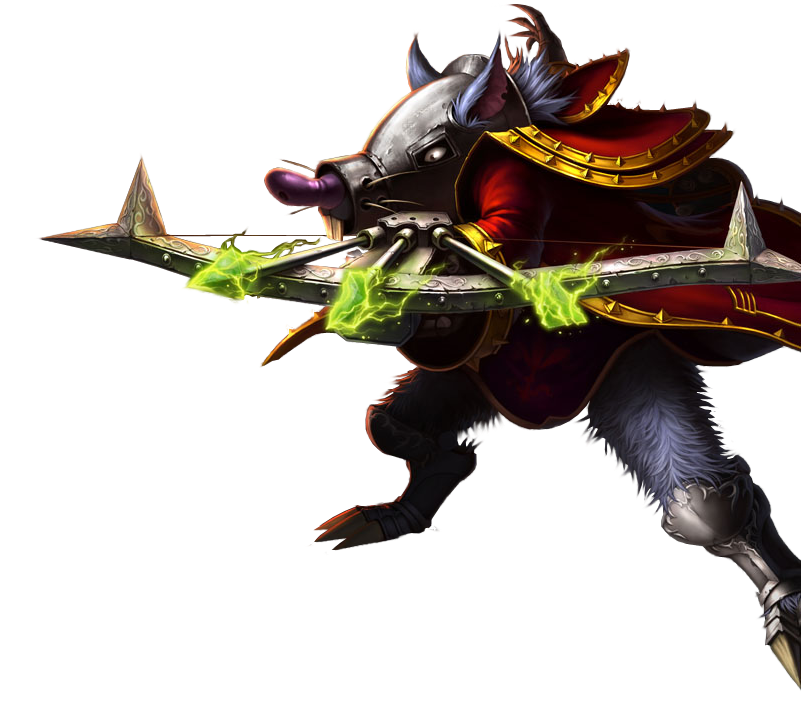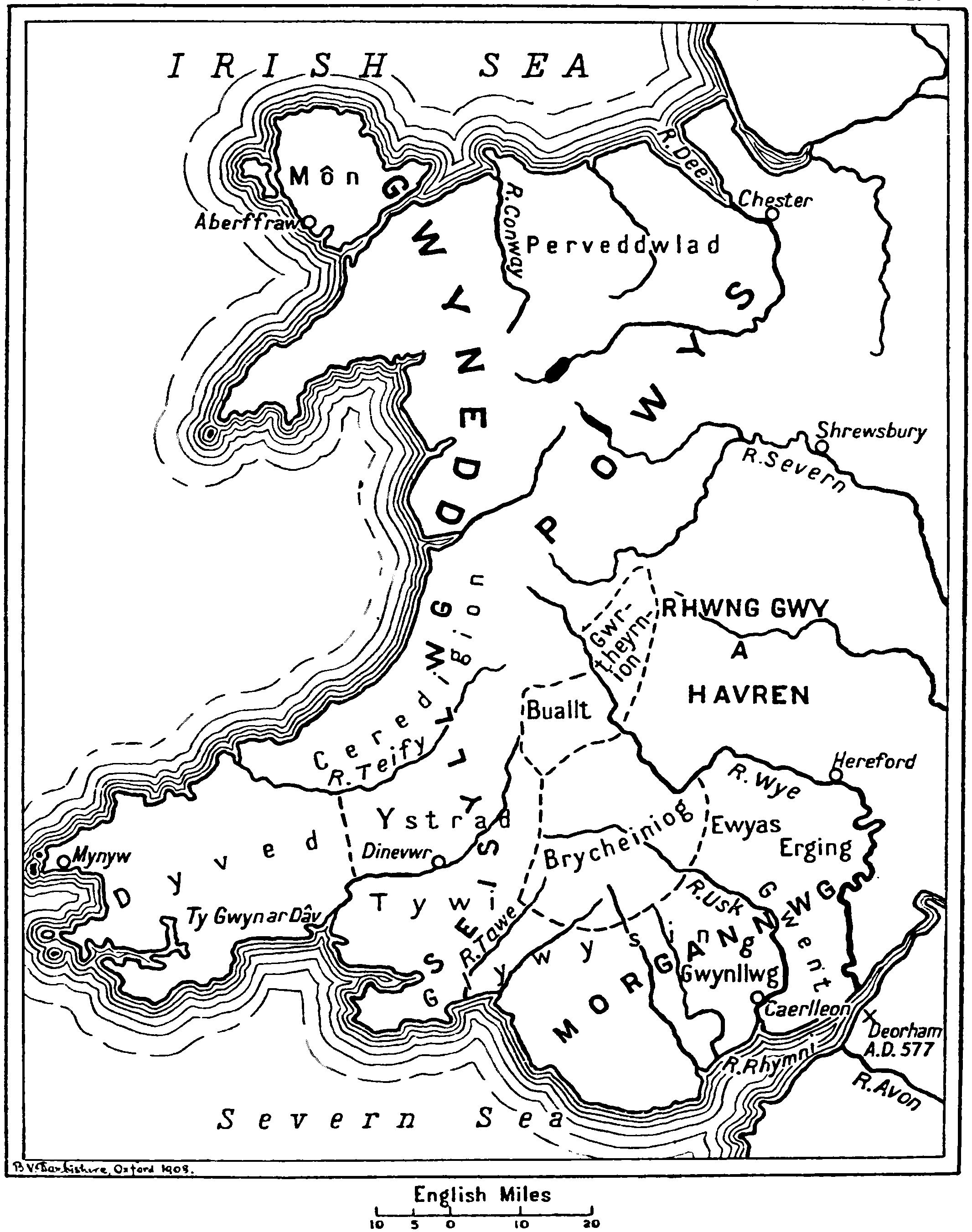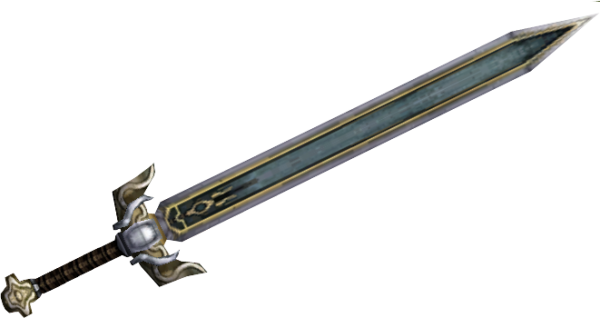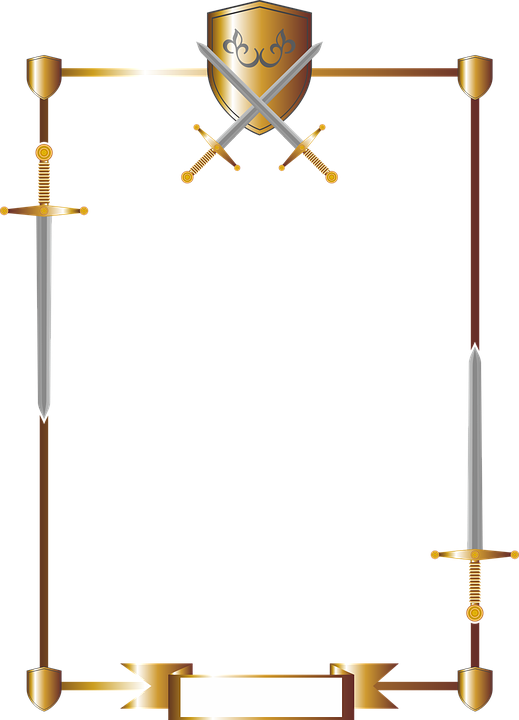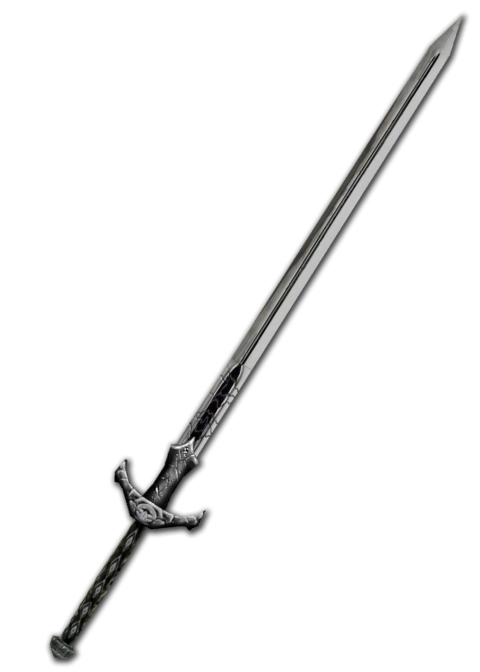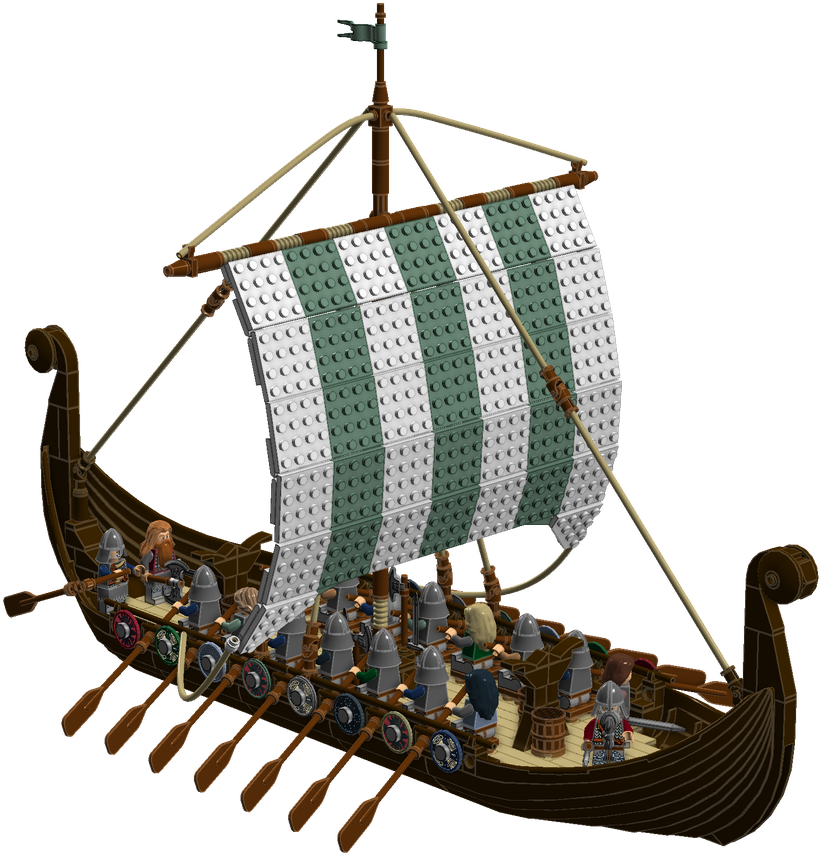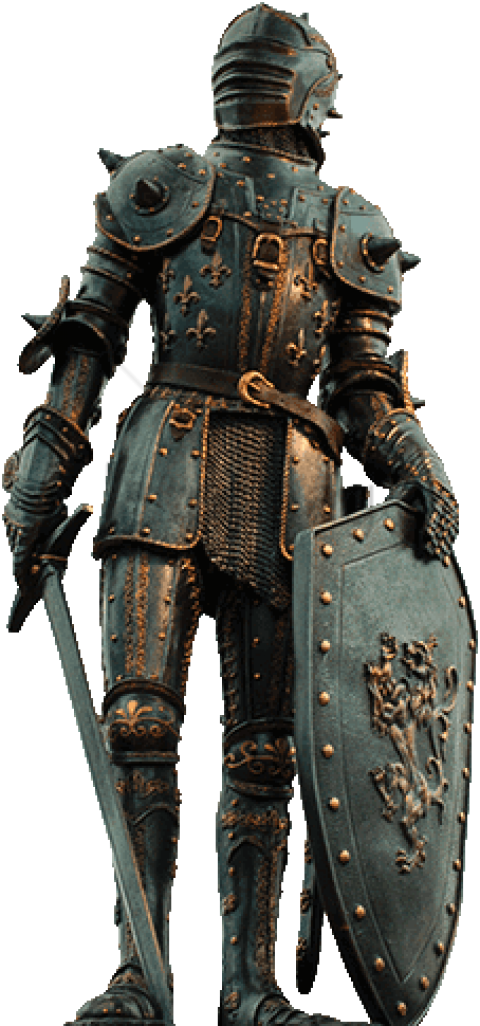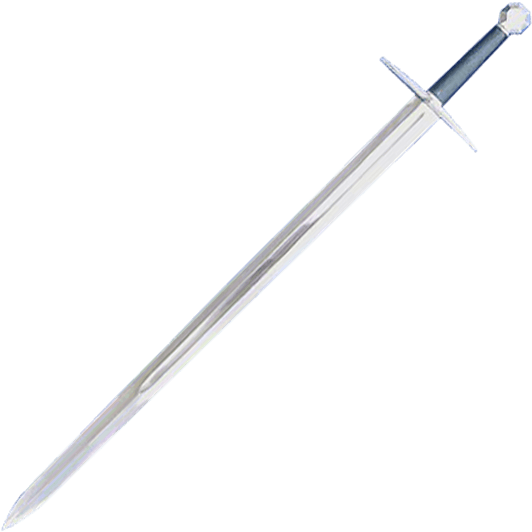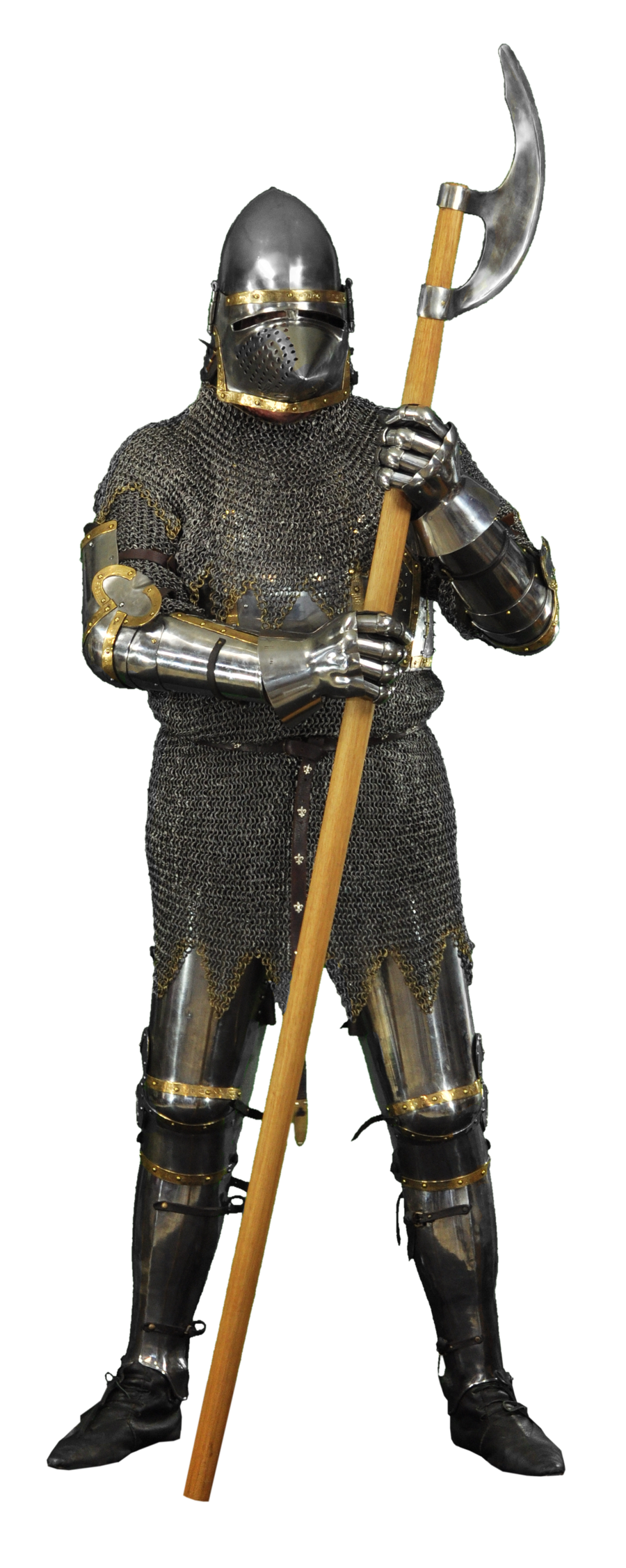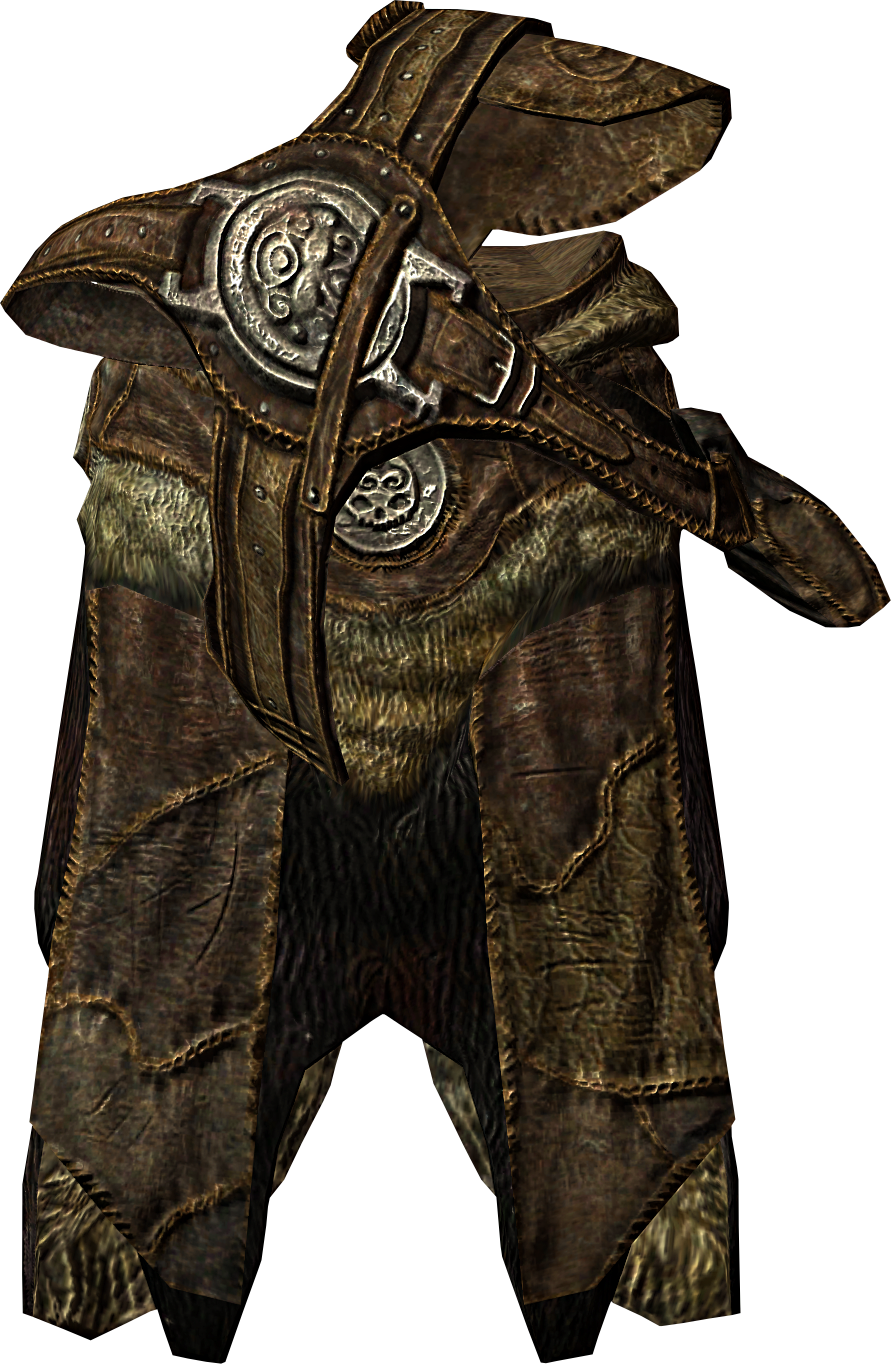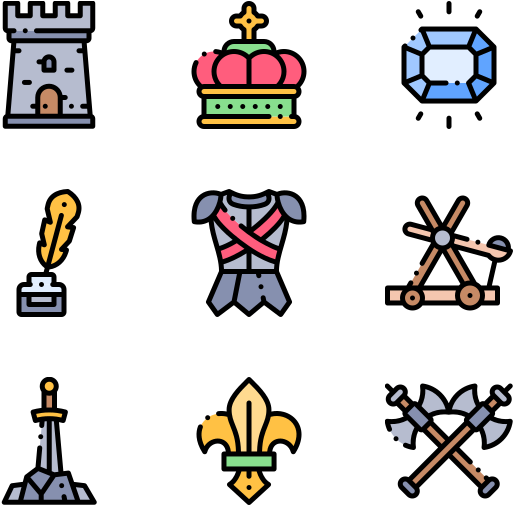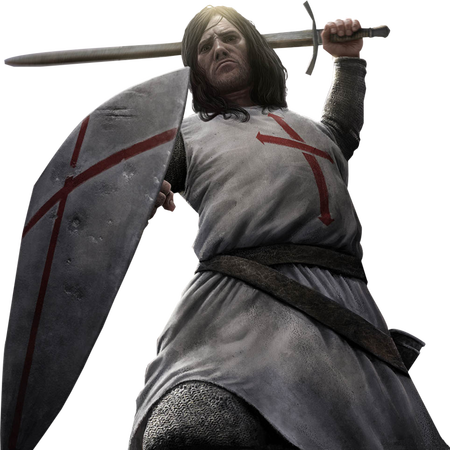Download top and best high-quality free Medieval PNG Transparent Images backgrounds available in various sizes. To view the full PNG size resolution click on any of the below image thumbnail.
License Info: Creative Commons 4.0 BY-NC
The Middle Ages, often known as the medieval era, was a period in European history that spanned roughly from the 5th to the late 15th century. The fall of the Western Roman Empire ushered in the Renaissance and the Age of Discovery. The Middle Ages are the era in Western history between the three conventional categories of classical antiquity, medieval, and modern. The Middle Ages are split into three periods: the Early, High, and Late Middle Ages.
Population decrease, counterurbanization, the collapse of centralized authority, invasions, and large tribal migrations began in Late Antiquity and lasted throughout the Early Middle Ages. The Migration Period’s large-scale movements, which included diverse Germanic peoples, resulted in new kingdoms in what remained of the Western Roman Empire. After Muhammad’s successors conquered North Africa and the Middle East, which were previously part of the Byzantine State, the Umayyad Caliphate, an Islamic empire, was established in the 7th century.
The rupture with classical antiquity was not total, despite significant changes in society and governmental systems. Rome’s direct descendant, the Byzantine Empire persisted and remained a dominant power in the Eastern Mediterranean. In the 11th century, the empire’s legal code, the Corpus Juris Civilis or “Code of Justinian,” was unearthed in Northern Italy. Most kingdoms in the West adopted the few remaining Roman institutions. As attempts to Christianize pagan Europe proceeded, monasteries were built.
In the late eighth and early ninth century, the Franks briefly created the Carolingian Empire under the Carolingian dynasty. It spanned most of Western Europe before succumbing to the strains of internal civil conflicts and foreign invasions from the north, east, and south: Vikings, Magyars, and Saracens.
The population of Europe expanded dramatically throughout the High Middle Ages, which began about 1000, as technical and agricultural advancements allowed commerce to thrive and the Medieval Warm Period climatic shift allowed food yields to grow.
Manorialism, in which peasants were organized into villages that owed the nobles rent and labor services, and feudalism, in which knights and lower-status nobles owed their overlords military service in exchange for the right to rent from lands and manors, were two of the ways society was organized in the High Middle Ages. The Crusades were armed attempts by Western European Christians to reclaim sovereignty of the Holy Land from Muslims, which began in 1095.
Kings became the heads of centralised nation-states, which reduced crime and bloodshed but further distanced the dream of a unified Christendom. Scholasticism, a philosophy that emphasized the integration of religion and reason, and the establishment of universities dominated intellectual life. Thomas Aquinas’ theology, Giotto’s paintings, Dante and Chaucer’s poetry, Marco Polo’s travels, and the Gothic architecture of cathedrals like Chartres are just a few of the notable achievements near the close of this time and into the Late Middle Ages.
The Late Middle Ages were characterised by difficulties and disasters such as hunger, disease, and war, all of which severely reduced Europe’s population; the Black Death killed almost a third of Europeans between 1347 and 1350.
Within the Catholic Church, heresy, and the Western Schism paralleled international struggle, political strife, and peasant revolts in the kingdoms. At the end of the Late Middle Ages and the early modern period, cultural and technical advancements changed European civilization.
Download Medieval PNG images transparent gallery.
- Medieval PNG Pic
Resolution: 529 × 505
Size: 32 KB
Image Format: .png
Download
- Medieval PNG Clipart
Resolution: 608 × 720
Size: 85 KB
Image Format: .png
Download
- Medieval Soldier PNG
Resolution: 1000 × 1000
Size: 406 KB
Image Format: .png
Download
- Medieval PNG Image HD
Resolution: 600 × 600
Size: 69 KB
Image Format: .png
Download
- Medieval Border
Resolution: 701 × 990
Size: 537 KB
Image Format: .png
Download
- Medieval Soldier
Resolution: 484 × 750
Size: 57 KB
Image Format: .png
Download
- Medieval Transparent
Resolution: 1345 × 594
Size: 420 KB
Image Format: .png
Download
- Medieval PNG
Resolution: 1227 × 651
Size: 574 KB
Image Format: .png
Download
- Medieval PNG Cutout
Resolution: 512 × 512
Size: 11 KB
Image Format: .png
Download
- Medieval PNG File
Resolution: 512 × 512
Size: 16 KB
Image Format: .png
Download
- Medieval Soldier PNG Clipart
Resolution: 900 × 2189
Size: 2303 KB
Image Format: .png
Download
- Medieval Soldier PNG Cutout
Resolution: 900 × 1293
Size: 894 KB
Image Format: .png
Download
- Medieval Soldier PNG Photos
Resolution: 543 × 645
Size: 102 KB
Image Format: .png
Download
- Medieval Sword PNG Pic
Resolution: 1500 × 2196
Size: 514 KB
Image Format: .png
Download
- Medieval PNG Picture
Resolution: 795 × 980
Size: 32 KB
Image Format: .png
Download
- Medieval Soldier Transparent
Resolution: 1057 × 2876
Size: 2291 KB
Image Format: .png
Download
- Medieval Soldier PNG File
Resolution: 460 × 383
Size: 37 KB
Image Format: .png
Download
- Medieval Border PNG Pic
Resolution: 600 × 450
Size: 30 KB
Image Format: .png
Download
- Medieval
Resolution: 1280 × 676
Size: 901 KB
Image Format: .png
Download
- Medieval PNG Images
Resolution: 960 × 720
Size: 641 KB
Image Format: .png
Download
- Medieval Soldier PNG Picture
Resolution: 801 × 702
Size: 383 KB
Image Format: .png
Download
- Medieval No Background
Resolution: 2132 × 2703
Size: 157 KB
Image Format: .png
Download
- Medieval Sword PNG
Resolution: 600 × 318
Size: 78 KB
Image Format: .png
Download
- Medieval Soldier PNG Images
Resolution: 741 × 1080
Size: 477 KB
Image Format: .png
Download
- Medieval Border PNG File
Resolution: 519 × 720
Size: 77 KB
Image Format: .png
Download
- Medieval Sword PNG File
Resolution: 850 × 148
Size: 13 KB
Image Format: .png
Download
- Medieval PNG Photos
Resolution: 512 × 512
Size: 20 KB
Image Format: .png
Download
- Medieval Sword PNG Image
Resolution: 480 × 672
Size: 70 KB
Image Format: .png
Download
- Medieval Sword
Resolution: 512 × 512
Size: 32 KB
Image Format: .png
Download
- Medieval PNG Image
Resolution: 821 × 855
Size: 651 KB
Image Format: .png
Download
- Medieval Soldier PNG Image
Resolution: 480 × 1026
Size: 518 KB
Image Format: .png
Download
- Medieval PNG HD Image
Resolution: 532 × 532
Size: 30 KB
Image Format: .png
Download
- Medieval Soldier PNG Pic
Resolution: 900 × 2255
Size: 1684 KB
Image Format: .png
Download
- Medieval Soldier PNG HD Image
Resolution: 891 × 1364
Size: 1542 KB
Image Format: .png
Download
- Medieval Border PNG
Resolution: 532 × 800
Size: 94 KB
Image Format: .png
Download
- Medieval PNG Photo
Resolution: 513 × 505
Size: 40 KB
Image Format: .png
Download
- Medieval Soldier PNG Photo
Resolution: 450 × 450
Size: 247 KB
Image Format: .png
Download


